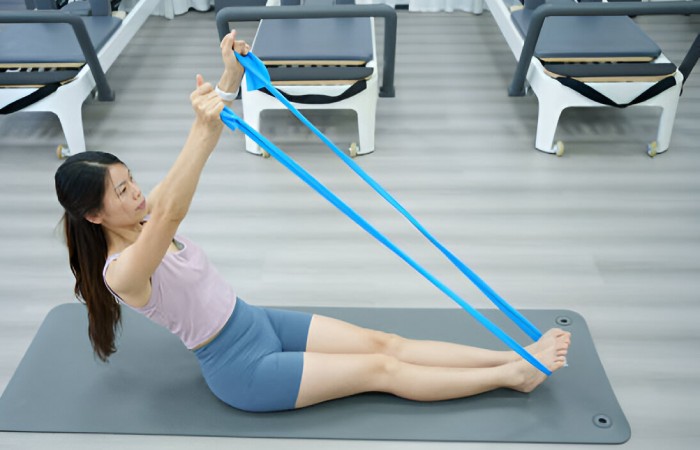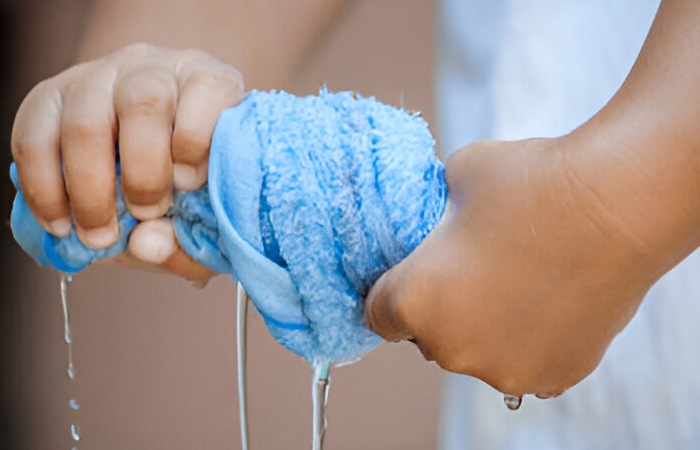Ulnar nerve entrapment with cubital tunnel syndrome. It may also cause you to experience a tingling sensation, numbness, or even pain in your hand and fingers.
A simple move to fix your knees and do it in a way that won’t stress them is worth it if it’s nothing but to prevent them from getting worse.
Ulnar Nerve Entrapment, Explained
Cubital tunnel syndrome only describes your ulnar getting pinched or blocked at your elbow. And it can cause your hand and fingers to tingle, go numb, or be painful.
For most people, it is because of elbow activity like repeated elbow flexing while using a computer or phone constant pressure or friction, resting on the desk, etc.
Why Exercises Matter?
Exercising will lessen the pressure on Ulnar Nerve, which can mobilize. The position of the ulnar nerve in movements is now commonly recognized as C7 level.
These exercises focus on lengthening and toning the tissues around your elbow to help take pressure off the nerve.
1. Nerve Gliding Exercises

The nerve gliding exercises help mobilize neural tissue and facilitate a smoother passage through the cubital tunnel. Implies to the exercises as an aid in flexibility and decrease symptomatology).
- Starting Position: Stand with your right arm straight before you, palm up.
- Action: Start to bend your elbow and bring it towards your face. Now, extend your arm again. Repeat this motion 10 times.
It would help if you did this exercise slowly and without forcing the movements. If you experience any pain, discontinue the exercise and visit a doctor.
2. Elbow Flexor Stretch

Some stretches can help loosen up the muscles in your arm, taking some of the pressure off your ulnar nerve. Routine one Everyday at-home Stretch Hip Flexor The Unique Thing This uncomplicated stretch helps free up your mobility.
- Extension (from the start position): Your arm should be straight out in front of you with your palm facing down.
- Action: Gently use your other hand to pull back on these fingers, stretching the forearm. Retain the position for 15-30 seconds and return to normal. Repeat 3 times.
While it may feel good initially, it can worsen your long-term symptoms if you overstretch.
3. Wrist Flexor Strengthening

When the wrist flexor muscles are tight, it can help stabilize the elbow and decompress that nerve.
- It also makes doing these high-volume bicep curls that much more exciting. Starting Position: Light dumbbell or small weight in hand with palm up.
- Action: Slowly flex your wrist up and down. Do this motion 10 to 15 times, then switch arms.
You were working with a lightweight that you can increase as your strength progresses.
4. Shoulder Shrugs

Strengthen shoulder shrugs to enhance body posture, as both are keys to maintaining low pressure for the ulnar nerve.
- Begin in A standing or seated position with your arms at your side.
- Movement: Bring your shoulders up to the ears, and then return them, giving them a central resting position. Repeat this 10-15 times.
Maintaining good posture will also help ensure the ulnar nerve is held correctly, which helps prevent entrapment.
5. Towel Squeeze

This exercise can build the muscles in your hand and fingers — some believe it may help to maintain nerve function.
- Beginning Position: Grasp a little towel with one hand.
- Action: Squeeze the towel hard, then rest. Do each of these 10-15 times per hand.
Exercises are needed to strengthen grip and nerve symptoms of continuous compression, namely ulnar disks.
When to Seek Medical Advice?
Consult a healthcare practitioner if you are unsure or if training is slow to fix your symptoms. In cases of severe ulnar nerve compression, a surgical procedure or physical therapy will sometimes be necessary.
Conclusion: Taking Care of Your Ulnar Nerve
Regular exercise is also crucial in managing and preventing ulnar nerve entrapment.
When you add these stretches and strength exercises, the impact on symptoms can significantly decrease and help improve nerve health.
Listen to your body and see a specialist if needed, ensuring your nerves remain the best they can.
Disclaimer: This information is for educational purposes only and does not replace any medical advice. Seek in-person care when necessary and appropriate, including for potential diagnosis screening/testing.